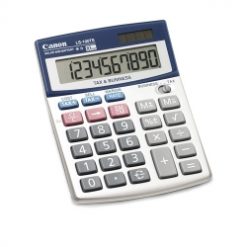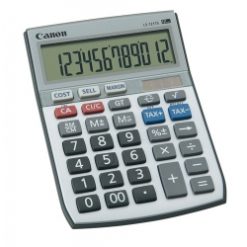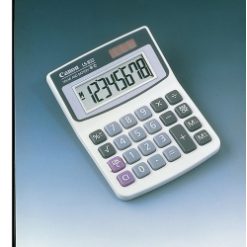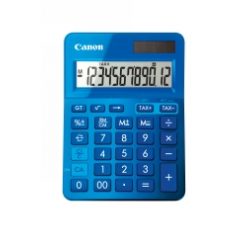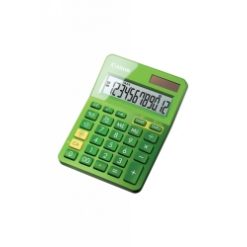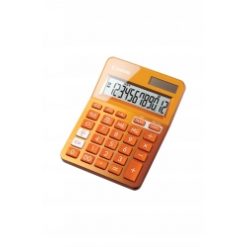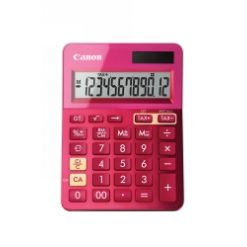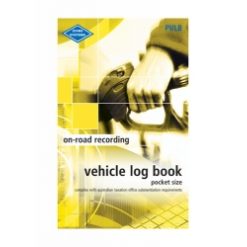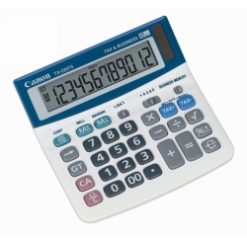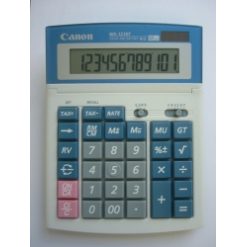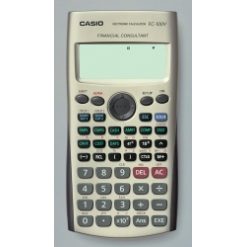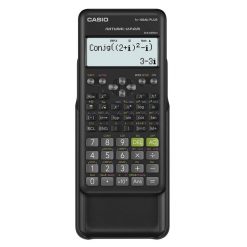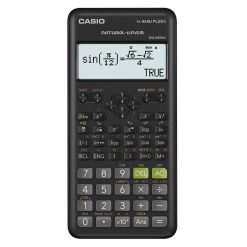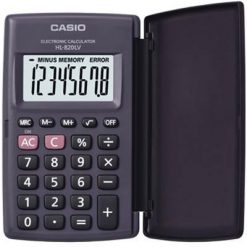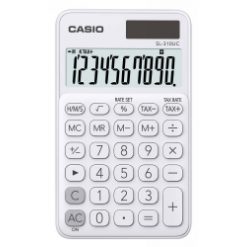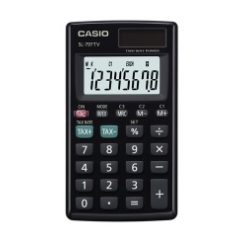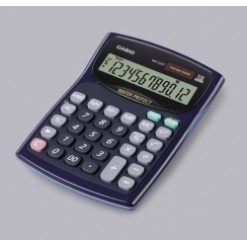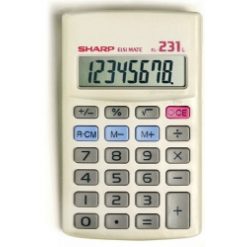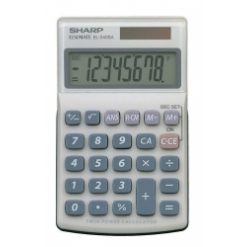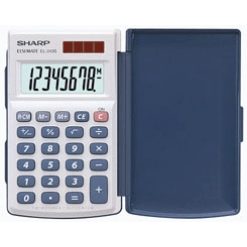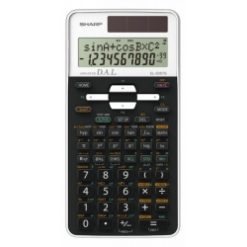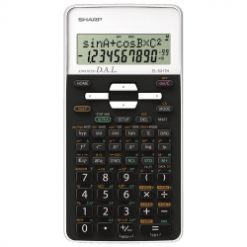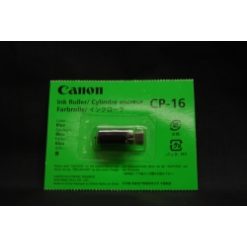Have you ever wondered where the name “calculator” originated? The online etymology dictionary states: calculator (n.)
late 14c., "mathematician, one who calculates," from Latin calculator, from calculatus, past participle of calculare "to reckon, compute," from calculus "reckoning, account" (see calculus). In reference to mechanical adding machine contraptions from 1784; of electronic ones from 1946. and further –
calculus (n.)
mathematical method of treating problems by the use of a system of algebraic notation, 1660s, from Latin calculus "reckoning, account," originally "pebble used as a reckoning counter," diminutive of calx (genitive calcis) "limestone" (see chalk (n.)). The modern mathematical sense is a shortening of differential calculus. An electronic calculator is typically a portable electronic device used to perform calculations ranging from basic arithmetic to complex mathematics. The 1960s saw the introduction of the first solid-state electronic calculator and by the 1970s the small pocket size devices became available. The first known aids used for arithmetic calculations were bones, pebbles, and counting boards. The abacus is known to have been used by the Egyptians before 2000BC.
The first commercially viable counting machines were manufactured from 1851 to 1915 and in use by around 20 companies across Europe.
Developed in 1948, the Curta calculator was a mechanical calculator that was so compact it could fit into a pocket (a large one) and was capable of the usual requirements of calculators, addition, subtraction, multiplication and division. These machines, and others like them, ensured that mechanical calculators were a useful tool in the business office throughout the 20th century and were being used up until the late 1960s.
The need to calculate trigonometry required during the Second World War in the 1930’s began the development of the electronic calculator; however, using electronic calculators in the office had to wait until the development of smaller valves and solid-state transistors. Their all-transistor designs however lead to a new wave of electronic calculators coming from the likes of Olivetti, Canon, Sony, Toshiba and others.
Electronic calculators of the mid-1960s were large and heavy desktop machines. They used hundreds of transistors on several circuit boards and needed a large power consumption that required an AC power supply. The first scientific pocket-sized calculator was completed by the end of 1975. In 1985 the first graphing calculation was released and by 1987 the first calculator capable of symbolic computing was available on the market. Pocket and desktop calculators had become compact in form, using single chips and LCD displays, operated via silicone membrane or dome switch keyboards, and powered by solar cells or button batteries. The modern calculator is capable of a wide range of functions.
Students from kindergarten through to high school use calculators for schoolwork in most countries of the world. There is debate about the need for students to have the ability to perform calculations and the ability for calculators to enable advanced mathematical concepts.
From the very early days of the abacus to the use of the first mechanical calculator a period of 3700 years had passed. It took a further 250 years for the mechanical calculator to develop into an electrical one however it would take only a decade for the calculator to become the compact and inexpensive device we see today.
Three factors are keeping the calculator in use today.
1. Designs have been continuously developed to produce super-efficient functions and capability
2. Calculators are available at much cheaper prices than other options such as smartphones and tablets.
3. In general, it is easier, quicker and more precise to operate a calculator than using a touchscreen for calculation tasks.
Check out our range of affordable modern calculators, available from desktop models with built in printers to credit card sized models at very competitive prices.
